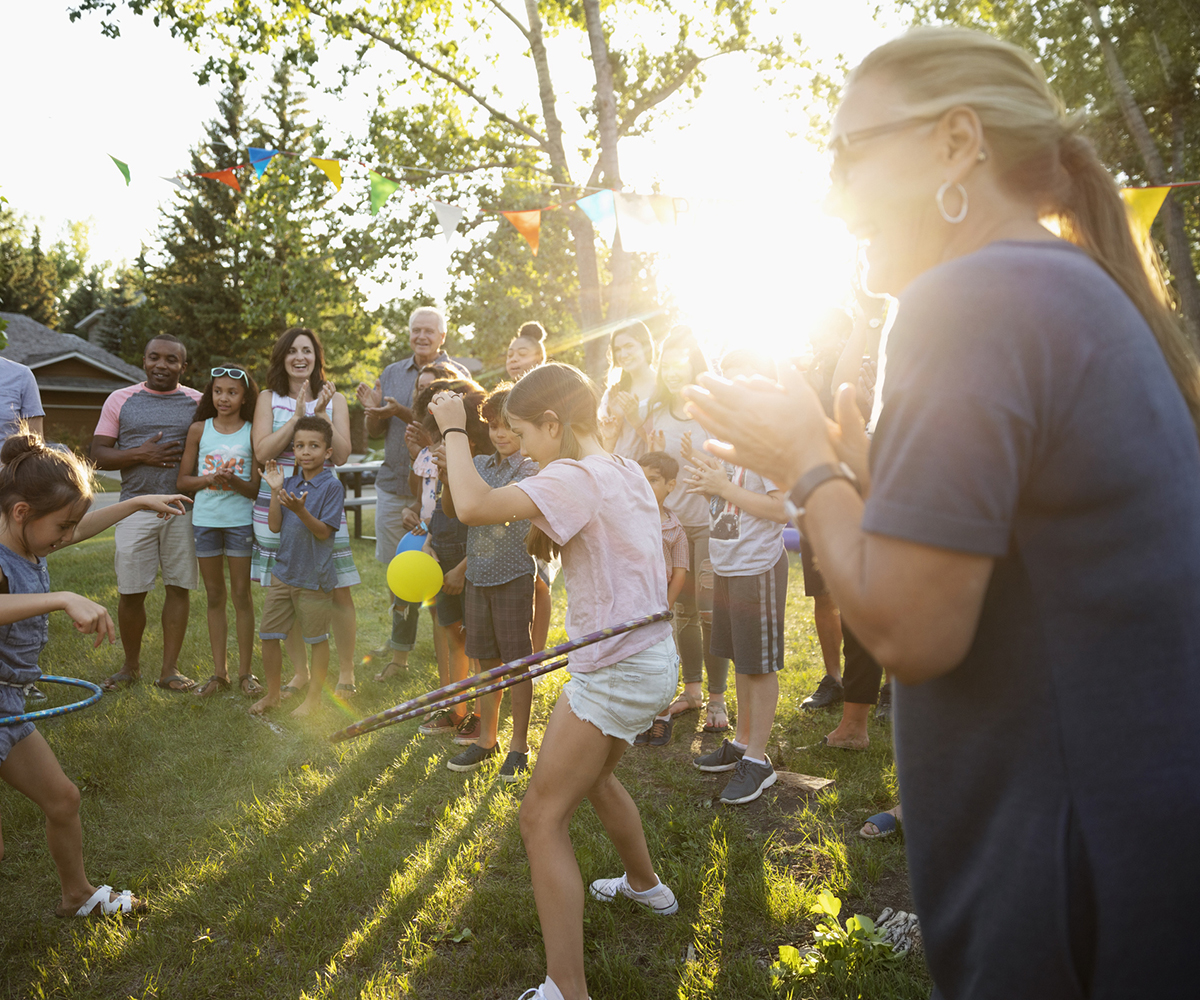Presenting to school parents recently, I had a strange experience. Looking out across the hall, I saw a mother stroking her daughter’s cheek, her teenage daughter responding by resting her head on her mother’s chest; a father leaning in, smiling and tearful, listening spellbound to his young daughter describe his strengths; a family of four beaming at each other, moving into a tight little group as they spoke.
Not your average parent evening at your average Kiwi high school. The staff present encouraged me to extend the activity, saying, “They never get to do this, and it’s so good – just look at them.” I was moved to tears.
What was going on here? We’d simply asked people to share with the person beside them the positive qualities or strengths they see in their parent or child. It’s a simple activity that taps into important findings from recent science: being able to notice strengths in ourselves, and each other, has the power to transform our relationships and our wellbeing.
Take notice
Taking a strengths approach is about paying attention and noticing what is right with you, the people around you, and the situations you find yourself in. The ability to do all three matters. Most people can easily point to their weaknesses, peeling off a list of the things they don’t do well, their flaws and what’s missing from their life. However, when I ask, ‘What do you love doing and frequently do well?’, conversations tend to dry up – people are embarrassed to share their strengths.
Often they haven’t given it much thought – ‘big noting’ not exactly an admired Kiwi pastime. But, if you don’t know what’s best about you, how can you bring your best to your relationships, to your work, to your home life?
A fundamental premise of the new science of wellbeing is the notion that what is right and good with us is at least as real and important as what goes wrong with us. When we focus on what is right – our positive qualities and strengths – important changes take place in the way we function. Even in the brain.
Watch: 10 simple things to improve your mood. Article continues below.
When we shift our attention to what’s right (rather than what’s wrong), we find it easier to build connections with others, and over time can build a greater sense of self-confidence and optimism. All of these changes are associated with greater wellbeing and engagement in life – that’s the ‘getting stuck in and giving it your best shot’ approach that we want to encourage in ourselves and our young people.
So here’s a simple strategy to try at home: over the next week, spend time thinking about your strengths. Identify the things you love doing and do well: notice the activities you jump up to do (the things you do eagerly), the things that give you a buzz, the best bits of your job, the best moments of your day. Commit to noticing these best bits – and even appreciating them and making a little more space for them. Take a moment to consider how you could find ways to use these strengths more each day.
Be positive
Focus on what’s right with your partner, flatmates or children. If they’ve left their dirty plates on the table, notice that they looked up and said ‘Hi’ when you entered the room, or were kind to someone. This is called strengths spotting. Many people whom we’ve trained over the years have attested to its transforming power. Intentionally strengths spot for a few days and notice the response.
Relationships are at the core of our wellbeing. When we are able to notice and share the good we see in other people it’s much easier for people to feel close to us, and for us to build relationships that nurture us. We need this happening in all our homes.

This story features in the latest issue of NEXT magazine. For more great reads get your copy today.




